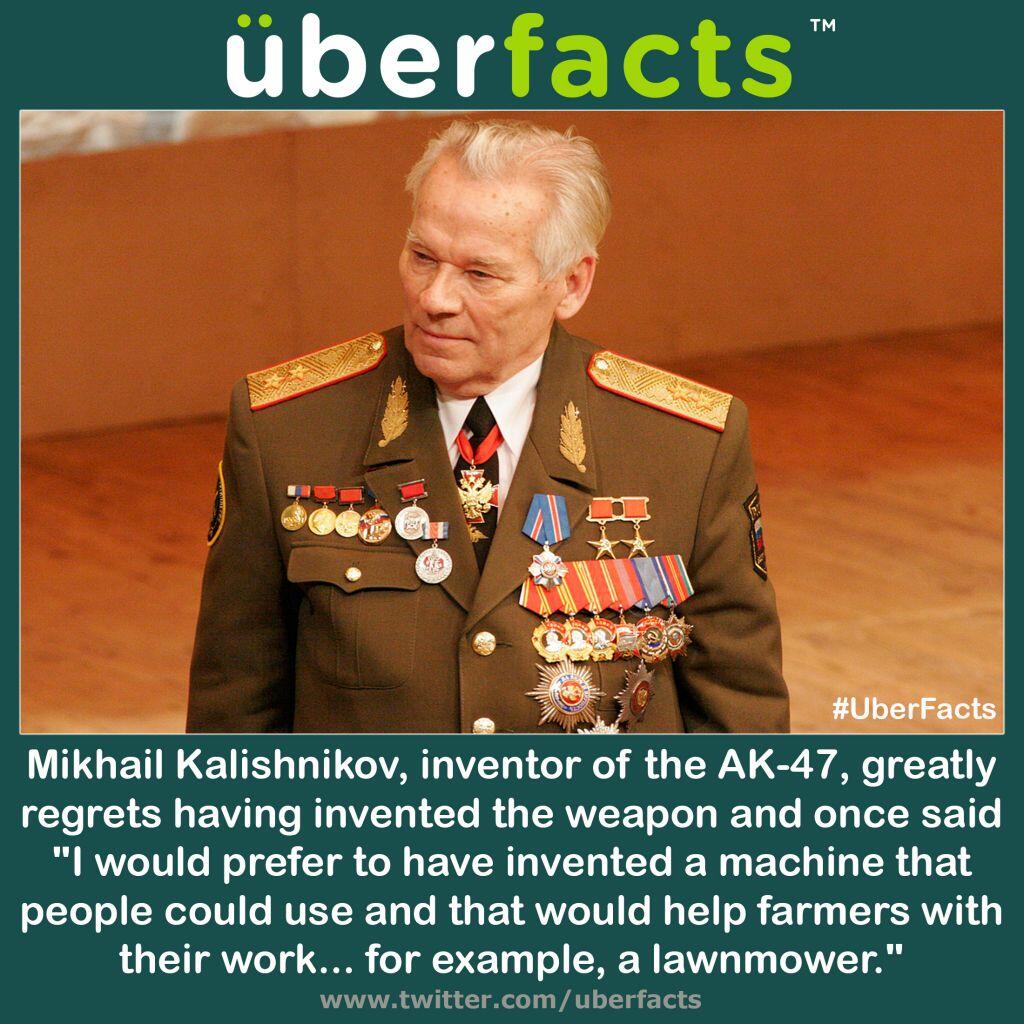
Kalashnikov Inventor Laments Proliferation
Mikhail Kalashnikov says he designed the assault rifle that bears his name to fend off the German invasion of the Soviet Union.But six decades later, he laments its transformation into the worldwide weapon of choice for terrorists and gangsters.
"Whenever I look at TV and I see the weapon I invented to defend my motherland in the hands of these bin Ladens I ask myself the same question: How did it get into their hands?" the 86-year-old Russian gun maker said.
"I didn't put it in the hands of bandits and terrorists and it's not my fault that it has mushroomed uncontrollably across the globe. Can I be blamed that they consider it the most reliable weapon?" he said.
The question is especially acute as an 11-day U.N. conference on curbing the small-arms trade convenes June 26 in New York. Kalashnikov is thinking of sending the delegates a statement.
Sturdy, simple and cheap, firing 600 bullets a minute, the world's estimated 100 million Kalashnikovs account for up to 80 percent of all assault rifles. In Africa's civil conflicts or in violence-ridden Latin American nations, it sells for as little as $15.
Its genesis dates to 1941, when Kalashnikov was in a hospital with severe wounds from a German shell that hit his tank in the battle of Bryansk in western Russia.
Thinking about the Soviet forces' inferiority due to their lack of an automatic weapon, he says he had a brainstorm one night and jotted down a rough design which he worked on for much of the next six months, assisted by Red Army colleagues.
They worked "in a burst of enthusiasm, out of a huge desire to make a contribution to victory over the fascist invaders," recalled Kalashnikov in a postal and e-mail exchange with The Associated Press.
It would become the Kalashnikov, also called the AK-47, for the year the design was completed. Two years later it became standard issue for the Soviet army.
It came too late for service in World War II, but it earned its reputation in the Cold War that followed, exported by the Soviet Union to arm Third World allies and insurgents.
It proved ideal for desert and jungle _ easily assembled and able to keep firing in sandy or wet conditions that would jam a U.S.-made M-16.
No comments:
Post a Comment